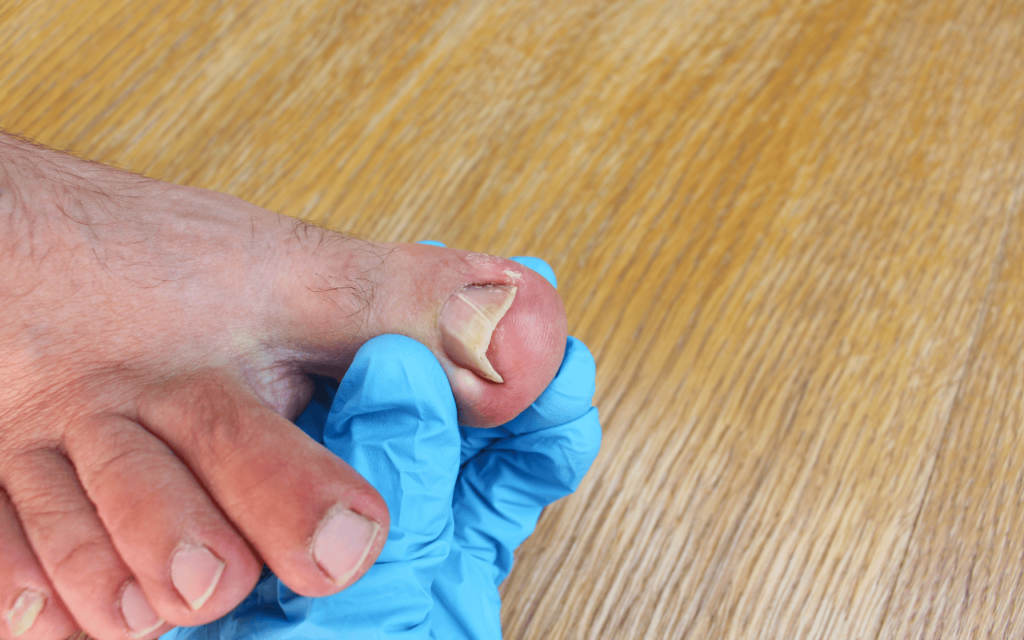Introduction
An ingrown toenail is a common and often painful condition that can affect anyone. Understanding the causes, symptoms, and available treatments is crucial for prompt and effective care. In this comprehensive guide, we will delve into the world of ingrown toenails, offering insights into what causes them and how to find relief.
What Is an Ingrown Toenail?
An ingrown toenail occurs when the edge or corner of a toenail grows into the skin of the toe. This can lead to pain, swelling, and in some cases, infection. Ingrown toenails typically affect the big toe, but they can occur on any toe.
Causes of Ingrown Toenails
Several factors can contribute to the development of ingrown toenails:
Improper Trimming: Cutting toenails too short or not straight across can encourage ingrowth.
Tight Footwear: Shoes that compress the toes or have a narrow toe box can push the nails into the skin.
Injury: Stubbing a toe or having it stepped on can cause ingrowth.
Genetics: Some individuals are more prone to ingrown toenails due to their natural nail shape.
Symptoms of Ingrown Toenails
Ingrown toenails typically present with the following symptoms:
Pain: The affected toe is often painful, especially when pressure is applied.
Redness and Swelling: The surrounding skin may become inflamed and swollen.
Infection: If left untreated, ingrown toenails can become infected, leading to pus and discharge.
Difficulty Walking: Severe cases can make walking uncomfortable.
Treatment Options
There are several methods for treating ingrown toenails, depending on the severity of the condition:
At-Home Care:
Soak the Foot: Soaking the foot in warm, soapy water can help reduce inflammation.
Proper Trimming: Ensure you trim your nails straight across to prevent ingrowth.
Professional Care:
Podiatrist Consultation: Seeking care from a podiatrist, like Dr. Raymond Delpak at Texas Foot and Ankle Consultants, is advisable for severe or recurrent cases.
Lifting the Nail: In some cases, a podiatrist may lift the ingrown nail edge to promote normal growth.
Surgical Options:
Partial Nail Removal: In cases of chronic or severe ingrowth, a portion of the nail may need to be removed.
Nail Matrix Removal: For recurrent ingrown toenails, removal of the nail matrix may be necessary.
Preventing Ingrown Toenails
Prevention is essential to avoid the discomfort of ingrown toenails:
Proper Footwear: Choose shoes that fit well and provide ample space for your toes.
Nail Care: Trim your toenails straight across, and avoid cutting them too short.
Regular Foot Check-ups: Visit your podiatrist for routine foot examinations.
Conclusion
Ingrown toenails can be painful and, if left untreated, lead to complications. Timely care is essential for relief and to prevent recurrence. If you’re suffering from ingrown toenails, reach out to a specialist like Dr. Raymond Delpak at Texas Foot and Ankle Consultants for expert guidance and tailored treatment options. Don’t let ingrown toenails limit your mobility and comfort – take action today for healthier, pain-free feet. Contact Texas Foot and Ankle Consultants for expert ingrown toenail care. Your path to healthier feet starts here.


